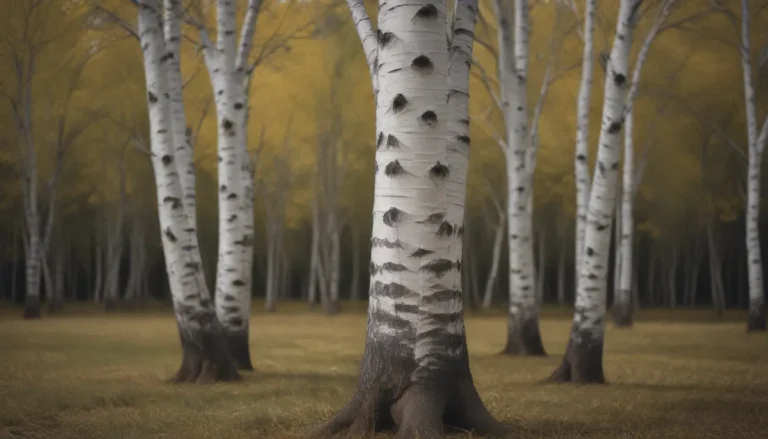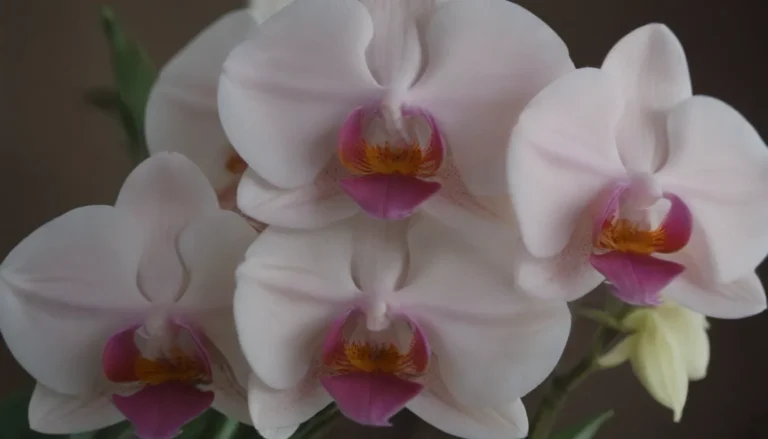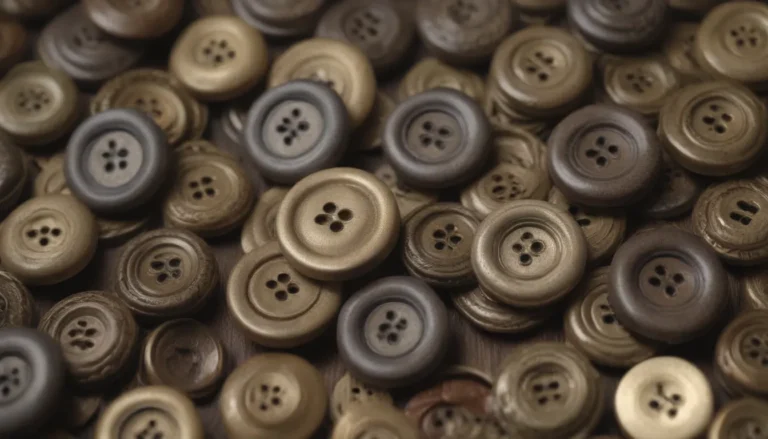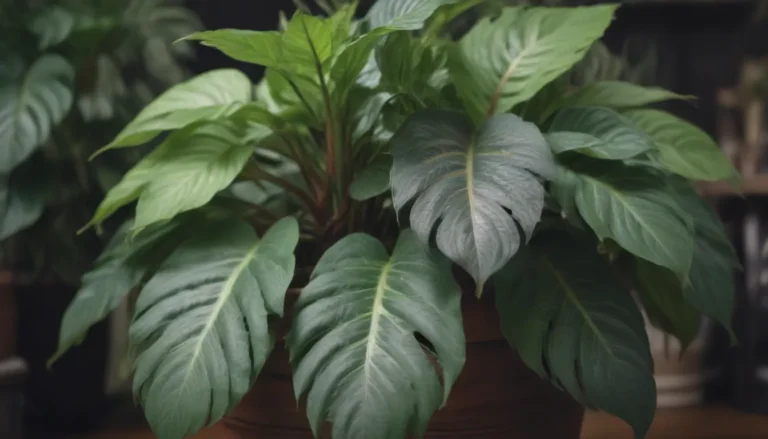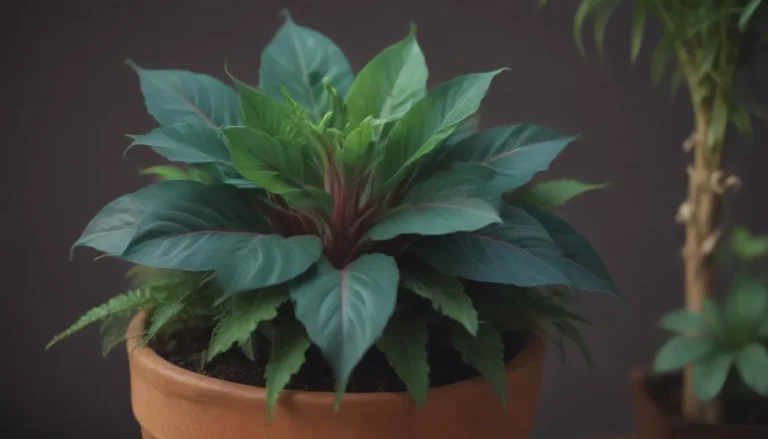The Ultimate Guide to Growing and Caring for Canadian Hemlock Trees
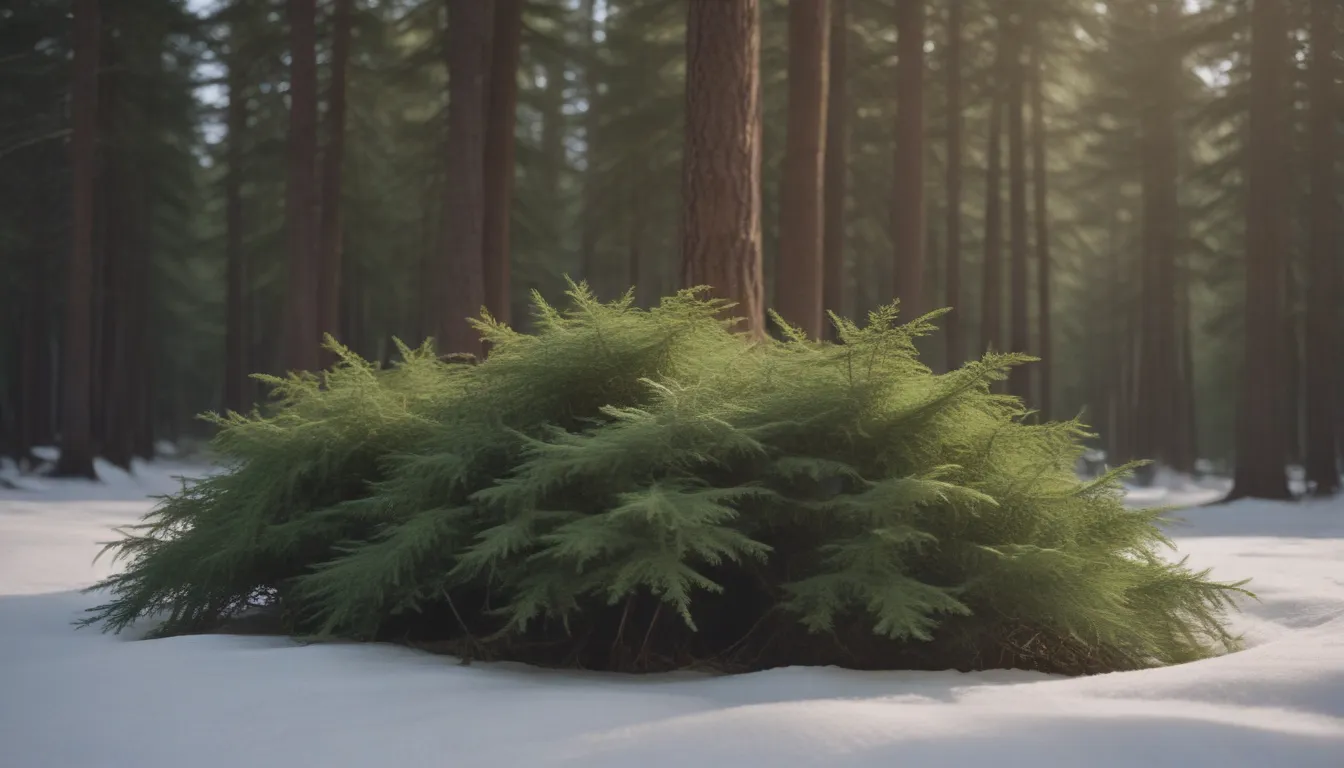
If you are looking to add a touch of elegance to your landscape with a majestic evergreen tree, Canadian Hemlocks are a fantastic choice. Along with their well-known relative, the eastern white pine, Canadian Hemlocks are a common sight in the forests of eastern North America. These trees can grow up to 70 feet tall, sporting a pyramidal or conical shape, and their tiny, fragrant green needles give them a fine texture. Canadian Hemlocks are known for their graceful appearance and are shade-tolerant, making them a popular choice for many homeowners. In this comprehensive guide, we will delve into everything you need to know about growing and caring for Canadian Hemlock trees.
Interesting Facts About Canadian Hemlock
Before we dive into the care instructions for Canadian Hemlocks, let’s explore some interesting facts about these native trees:
- Canadian Hemlocks are indigenous to the United States and are not invasive.
- These trees are moderately slow-growing, averaging 12 to 24 inches per year, and can live up to 800 years.
- In the wild, Canadian Hemlocks can reach heights of 70 feet or more with a spread of 25 to 35 feet.
- The tree produces small, tan-colored, pendant-shaped seed-bearing cones that ripen in the fall.
Canadian Hemlock Care
Proper care is essential for the health and longevity of Canadian Hemlock trees. Here are some key factors to consider when caring for these majestic evergreens:
Sun Requirements
Contrary to many large trees, Canadian Hemlocks thrive in full to part shade and can tolerate full sun in cold northern climates (USDA zones 3 to 5). This flexibility in sunlight requirements makes them an excellent choice for various landscapes.
Soil Needs
Canadian Hemlocks prefer moist, well-drained, acidic soil. A loamy soil type is ideal for these trees to thrive and maintain their health.
Water Requirements
Proper watering is crucial for the well-being of Canadian Hemlock trees. These trees require a fair amount of water, especially during dry periods in the summer. It’s best to water them slowly once a week, ensuring the soil is well-drained but not waterlogged.
Ideal Temperature and Humidity
Canadian Hemlocks prefer cool, humid climates. They thrive in regions where January temperatures average around 10 degrees Fahrenheit and July temperatures around 60 degrees Fahrenheit. Precipitation levels should be consistent, ranging from less than 30 inches.
Fertilizer Requirements
To keep your Canadian Hemlocks healthy and vibrant, it’s essential to fertilize them with a well-balanced fertilizer (10-10-10) once a year. Avoid fertilizing directly after transplanting, as this can harm the root system. Wait until the tree is established before applying fertilizer.
Types of Canadian Hemlock
There are several cultivars of Canadian Hemlock that have been developed for various landscape uses. Some popular cultivars include:
- ‘Gentsch White’
- ‘Aurea Compacta’
- ‘Everitt’s Golden’
- ‘Sargentii’
- ‘Pendula’
Pruning and Propagation
Pruning
Canadian Hemlock trees do not require extensive pruning unless limbs are damaged by weather or disease. Prune them in the spring and early summer to take advantage of their active growth period. Avoid pruning in the fall or winter, as this may disrupt the tree’s dormancy.
Propagating
If you want to propagate Canadian Hemlock trees, you can take cuttings from semi-hardwood branches in late summer for successful propagation.
Growing From Seed
To grow Canadian Hemlock trees from seed, sow the seeds in the fall so they can undergo the cold stratification process over the winter. This natural process is crucial for the seeds to sprout in the spring.
Overwintering
Canadian Hemlock trees are cold-hardy and do not require winter protection. These trees are native to North America and can withstand harsh winter conditions without any additional care.
Common Pests and Diseases
Canadian Hemlock trees can be susceptible to pests and diseases, particularly woolly adelgid insects and white-tailed deer. Here are some treatments and preventive measures:
- Woolly Adelgid Insects: These tiny sap-sucking insects can threaten the health of Hemlock trees. Treatment with pesticides is available, but controlling an infestation can be challenging.
- White-Tailed Deer: These animals can damage or destroy Hemlock trees through browsing. If you have a significant deer population in your area, consider planting alternative trees or shrubs that are more resistant to deer damage.
With proper care and attention, your Canadian Hemlock trees can thrive and enhance the beauty of your landscape for years to come. Remember to follow the guidelines mentioned in this guide to ensure the health and vitality of your Hemlock trees.
In conclusion, Canadian Hemlock trees are a valuable addition to any landscape, providing beauty, shade, and a touch of sophistication. By following the care tips outlined in this guide, you can enjoy healthy and vibrant Hemlock trees in your outdoor space. Incorporate these guidelines into your gardening routine and watch your Hemlocks flourish with minimal effort. Happy gardening!
